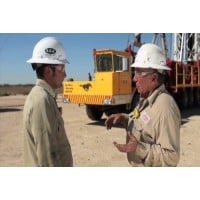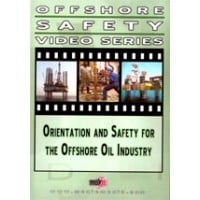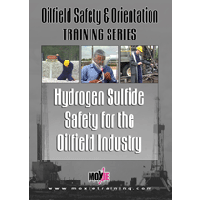
June 15, 2015
Safety 2015: The Oil and Gas Industry’s Death Problem


June 15, 2015

The death toll in the oil and gas industry is higher than in any other industry.
And it may even be worse than the 110 death per year average federal numbers suggest.
“We believe we’re underestimating the number of deaths in the upstream industry,” said Ryan Hill of NIOSH, who discussed during Safety 2015 in Dallas the limitations in established datasets like the Census of Fatal Occupational Injuries (CFOI).
Those figures fail to factor in the number of hours worked by employees in those industries and don’t include industry fatalities that may fall under other NAICS codes.
That’s why NIOSH has developed its Fatalities in Oil and Gas Extraction (FOG) database.
The FOG database collects data on fatal events in the oil and gas exploration and production industry and, in addition to federal statistics, also relies on media reports, crash reports and OSHA information to calculate the fatality rate.
While there are more deaths in the oil and gas industry, overall the fatality rate is declining thanks to increased production and employment.
Through the development of FOG, NIOSH has been able to identify potential trends in fatalities.
One such example is death caused by inhalation of volatile organic compounds (VOCs), of which there were allegedly nine from 2010 to 2014.
The deaths all occurred after workers inhaled petroleum hydrocarbons. Five were during thieving (sample collecting) and four were during manual tank gauging.
As a result, NIOSH issued the following recommendations for reducing the risk of similar fatalities.
This article retrieved from Ehstoday.com


 Requirements of API Recommended Practice 49, ANSI Z390.1 and other regulatory standards. View Product
Requirements of API Recommended Practice 49, ANSI Z390.1 and other regulatory standards. View Product